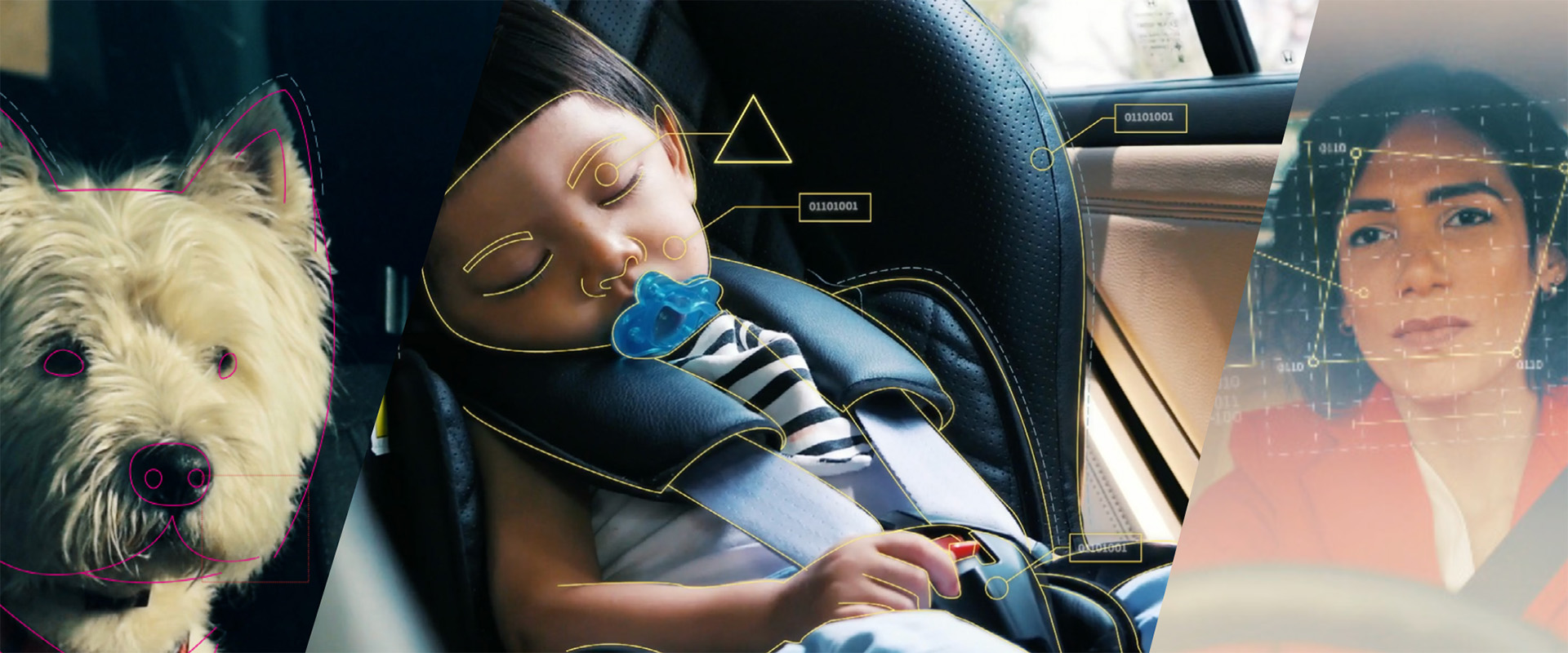EN


As people’s way of life evolves, the technology they use needs to evolve with it. This also applies to the features we put into our cars. For automotive functions to be useful, they should respond to our present and future mobility needs – solving a problem or adding value to our everyday experiences. Urbanization, growing information floods and the increasing complexity of technology are all examples of developments that will accelerate the demand for Interior Sensing technology in the years to come. In this blog, we will describe some of the market trends that will influence how people use cars, and how Interior Sensing systems can help solve issues that come with them.
In almost every major city around the world, the density of population keeps increasing. Combine this with a growing environmental awareness among the general population, and it is easy to understand why ridesharing is bound to become a natural part of mobility in the future. But when people give up personal car ownership for shared mobility, a different set of issues related to shared fleet operations need to be solved. These can include enforcement of non-smoking or no-pet fleet policies, locating lost personal items, identifying impaired driving and estimating seat availability – all things an Interior Sensing system can help with.
From AI-generated movie suggestions to customized advertising and Google search results, adaptive content has become part of our everyday environment. Whether commuting to work or going away on a weekend trip, people will expect the content they consume in a car to be tailored to their preferences. By offering a deeper understanding of people’s interests and response to provided content, Interior Sensing can help make the time people spend in a vehicle feel more valuable.
Today, most people’s lives move at a much higher pace than ever before. Thanks to the internet and other technological advancements, we are subjected to an endless flow of information, constantly picking at our attention and causing distraction, stress and lower sleep quality. To mitigate the consequences of what has become a reality to many people, Interior Sensing systems can help detect dangerous driving behavior or navigate stressful situations.
As cars become more and more complex, the advanced technologies we put into them need to run seamlessly – both with each other and with the car’s occupants. By offering a deeper understanding of what goes on in the car, Interior Sensing systems enhance the intelligence of Advanced Driver Assistance Systems (ADAS), human-machine interaction, applications and passive safety systems.
Want to learn more about interior sensing? Download our eBook on Interior Sensing: The Next Frontier in Improving Road Safety and the Mobility Experience
